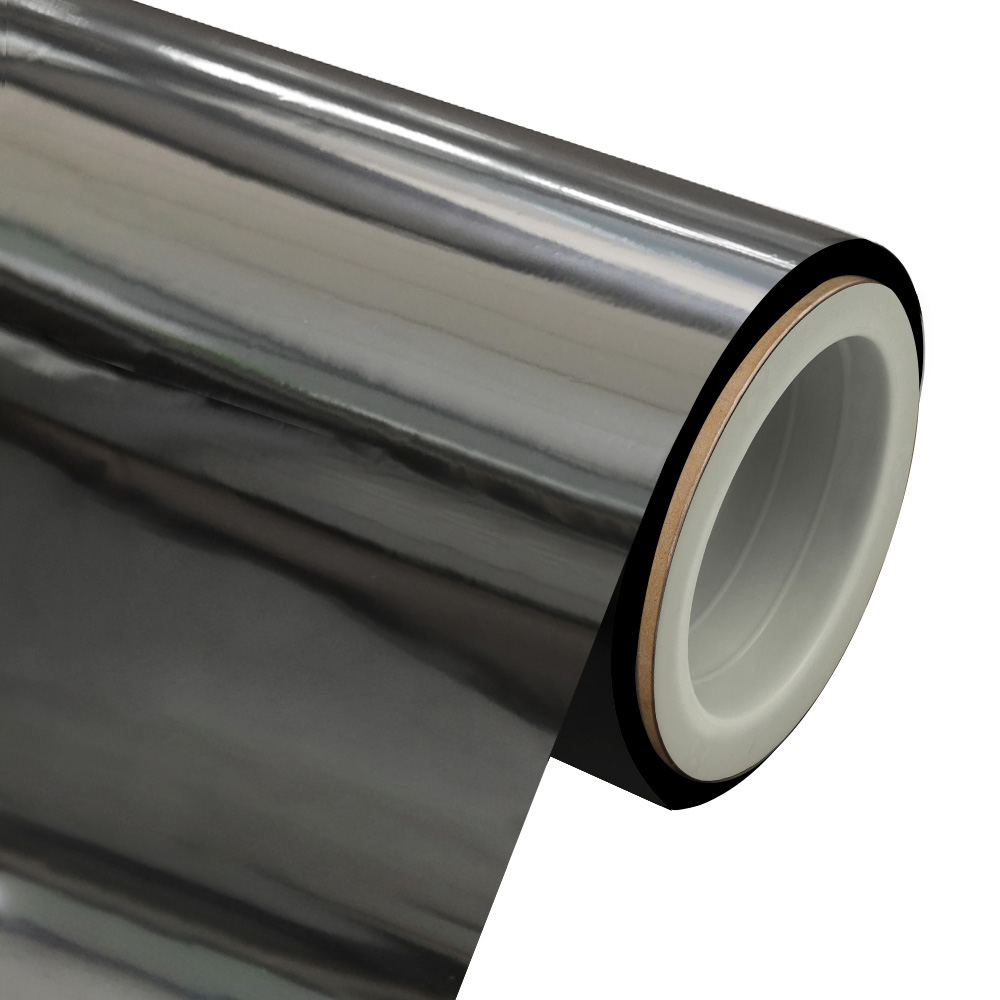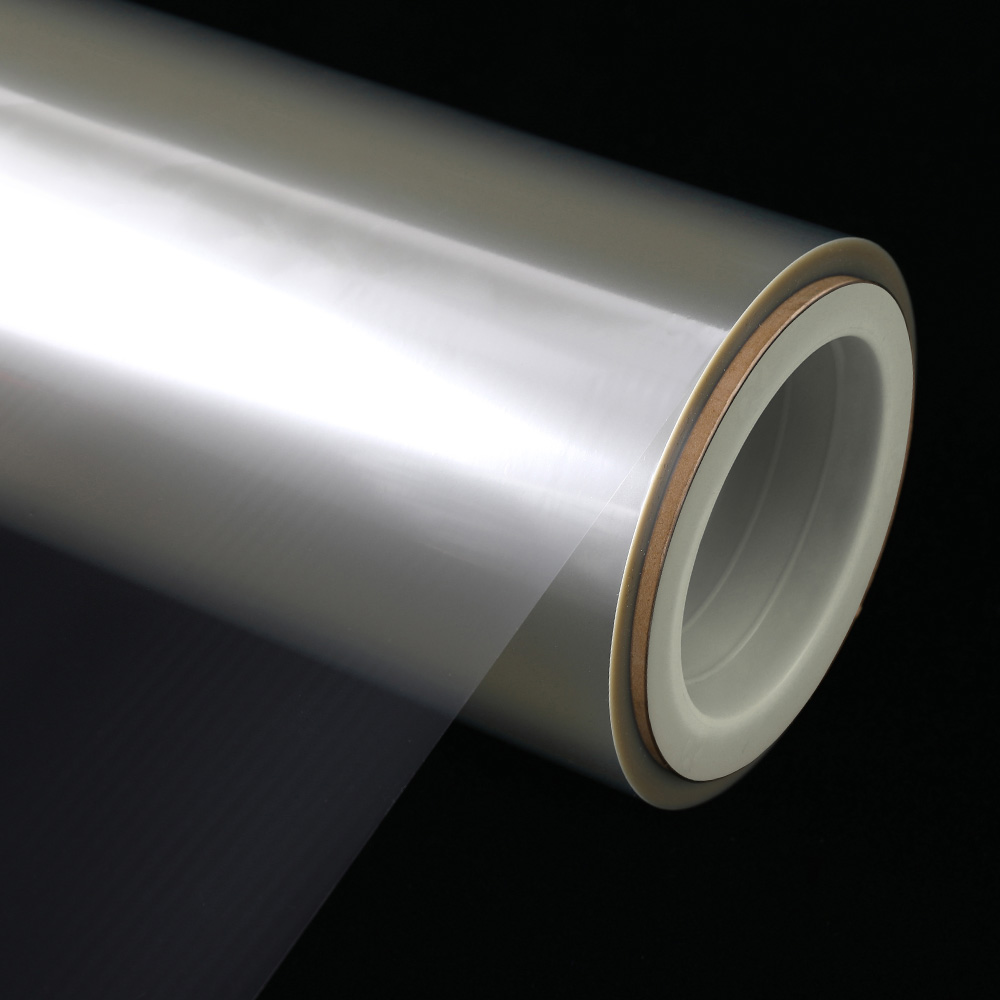How does vacuum aluminum plating shape the performance of color-coated aluminum-plated PET film?
In the preparation process system of color-coated aluminum-plated PET film, the vacuum aluminum plating process is undoubtedly the key link in shaping the core performance of the product. This process, with its unique physical vapor deposition mechanism, upgrades ordinary PET film into a new material with excellent barrier properties, high decorative properties and functionality through material transformation under a high vacuum environment, which profoundly affects the performance of color-coated aluminum-plated PET film in packaging, decoration and industrial applications.
The process of vacuum aluminum plating begins with the precise control of the laws of motion of microscopic matter. When the PET film enters the special vacuum coating equipment, the air pressure in the cavity is pumped to a high vacuum environment of 10⁻³ - 10⁻⁵ Pa. At this time, the density of residual gas molecules is extremely low, creating conditions for the free migration of aluminum atoms. The aluminum material is subjected to resistance heating or electron beam bombardment in the evaporation source. The former generates heat through the resistance wire through the current and conducts it to the aluminum ingot, while the latter uses high-energy electron beams to directly bombard the aluminum target material, so that the aluminum reaches an evaporation temperature of 1200-1400℃ in a short time. When solid aluminum breaks through the melting point and turns into gaseous atoms, it breaks free from the constraints of gravity and collision of gas molecules in a vacuum environment and migrates to the surface of the PET film at high speed in a straight line. After these kinetic aluminum atoms come into contact with the PET film, they are deposited by physical adsorption to form a continuous and dense nano-scale aluminum layer on the surface of the film. This process involves atomic-scale deposition dynamics and surface energy changes, and finally builds a functional coating with a thickness of only tens of nanometers.
This aluminum coating layer gives the color-coated aluminum-plated PET film a multi-dimensional performance improvement. In terms of barrier properties, the aluminum layer, as an inorganic metal material, forms a physical barrier to gas and water molecules through its crystal structure. Due to the close packing of aluminum atoms, it is difficult for gas molecules to penetrate this dense structure, which makes the film's barrier ability to oxygen and water vapor increase by 2-3 orders of magnitude compared to non-aluminum-coated PET film. In the field of food packaging, this barrier property can effectively inhibit oil oxidation and microbial growth, and extend the shelf life of products; when used in pharmaceutical packaging, it can isolate external moisture and oxygen, and protect the stability of active ingredients in pharmaceuticals. The optimization of optical performance is also significant. The specular reflection characteristics of the aluminum layer give the film a metallic luster, and its reflectivity to visible light can reach more than 90%, which not only enhances the visual appeal of the product, but can also be used as a reflective film in the field of electronic display to enhance the backlight efficiency of liquid crystal display screens. In addition, the aluminum coating can also give the film a certain electromagnetic shielding ability, attenuate external electromagnetic interference through the Faraday cage effect, and play a protective role in electronic packaging materials.
The synergistic effect of aluminum plating and color coating further expands the application boundaries of products. In terms of process flow, the aluminum coating layer can be used as the bottom layer of color coating, using its high reflective properties to enhance the brightness of the color coating, and can also be used as a surface layer to form physical protection for the color coating. When used as the bottom layer, the reflection of light by the aluminum layer enables the color pigment particles to obtain secondary diffuse reflection opportunities, thereby improving the color saturation; when used as the surface layer, the dense structure of the aluminum layer can resist external mechanical friction and chemical erosion, ensuring the long-term stability of the color pattern. This process combination is particularly prominent in the field of high-end gift packaging, which not only meets the needs of visual decoration, but also adapts to complex storage and transportation environments.
Although the vacuum aluminum plating process has significant advantages, its strict requirements on process conditions are still the core of the technology. During the coating process, the vacuum degree, evaporation rate and film running speed must be accurately matched. Insufficient vacuum degree will cause aluminum atoms to collide with residual gas molecules, reduce deposition efficiency and form a loose coating; too fast evaporation rate may cause uneven thickness of the aluminum layer, and too slow will affect production efficiency. In addition, the surface tension and cleanliness of the PET film also directly affect the adhesion of the aluminum plating layer, and the interface bonding strength needs to be enhanced by corona treatment or primer coating. With the development of the industry, new technologies such as magnetron sputtering aluminum plating have begun to explore more precise atomic deposition control, trying to improve the uniformity and density of the coating while reducing energy consumption, and promote the continuous evolution of the performance of color-coated aluminum-plated PET film.
From microscopic atomic deposition to macroscopic performance improvement, the vacuum aluminum plating process has reshaped the functional properties of color-coated aluminum-plated PET film through precise control of material form and molecular structure. This process is not only the crystallization of material science and engineering technology, but also continues to promote technological innovation in industries such as packaging and electronics. Its future development will continue to focus on process optimization and performance breakthroughs, opening up a broader application space for new functional film materials.


 English
English  中文简体
中文简体 





